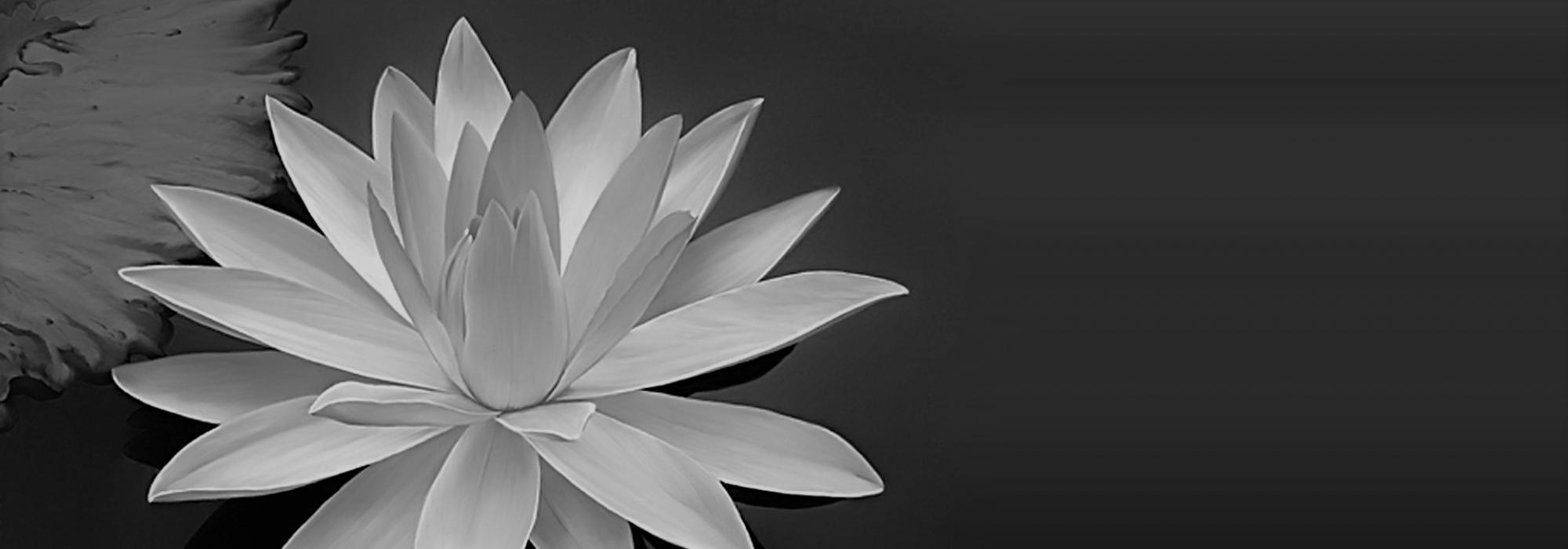Aśvaghoṣa clearly states that his work is principally a scripture. It is structured as a poem, yes, but that is only a veneer, a convenient pretence. Nevertheless, his work is appealing because of two reasons: one, he was a gifted poet; two, he chose the lofty story of the Buddha’s life as his subject. From this we understand that at times even purpose-driven compositions get the glitter of pure poetry. We should be wary of the fact that not all purpose-driven compositions are good.
Aśvaghoṣa also says that his work contains the kernels of mokṣa. This is his personal belief, one to which the followers of Buddhism readily attest. Typically, the proponents of a particular doctrine proceed with an unshakeable belief in it. That does not mean the doctrine is correct. We must seek to validate it in the light of universal experience. Aesthetic experience, rasa, is the perfect avenue for such validation. But here we have a poet who is indifferent to rasa! Discerning readers will by now know where to place his work and how to view it.
Let us try to understand the issue at the philosophical level. What is happening here? The poet, apparently, is trying to sacrifice—or underplay—beauty for truth. In a bid to welcome sat, he is shoving ānanda away. There need be no such selective behaviour. Truth is no different than beauty. That is the wisdom, cit, which one should exercise here. A poetic work undertaken without this wisdom stands more as a caution-sign than as a guidepost.
In the first verse quoted here, Aśvaghoṣa has used the word kāvya-dharma. This is a fine coinage. It has the potential to serve as a technical term in literary aesthetics. Dharma primarily means a quality that provides support and sustenance. What, then, is the quality that supports and sustains poetry? It is rasa. Although the meaning of rasa is clearly established, we cannot pin it down like a mathematical concept. This is because it is available only to experience. Dharma has wide-ranging connotations in society and philosophical lore. But it has an undivided appeal. In the same manner, rasa has dhvani, aucitya and vakrokti as its ingredients; but it has an indivisible influence. The term kāvya-dharma, therefore, includes the meanings of dhvani, aucitya and vakrokti.
If we attempt to view the four puruṣārthas vis-à-vis the foundational tenets of Indian aesthetics, the following connections emerge: dharma relates to aucitya, mokṣa to rasa, artha to vakrokti and kāma to dhvani. If dhvani and vakrokti transgress aucitya, rasa can never be realized. This is similar to artha and kāma transgressing dharma, thus precluding the possibility of mokṣa. It is thus clear that dharma can be perfectly mapped to aucitya. This is perhaps why Ānandavardhana thought of aucitya as the life-breath of rasa: prasiddhaucityabandhastu rasasyopaniṣat parā (Dhvanyāloka, 3.14 parikaraśloka).
The term kāvya-dharma is significant in yet another respect. Let us consider it in contrast with loka-dharma. Although the two words are not contradictory to one another, they have clearly distinct meanings. Loka-dharma adheres to the physical rule of cause-and-effect, kārya-kāraṇa-sambandha. Kāvya-dharma, on the other hand, adheres to the aesthetic rule of cause-and-effect, vibhāva-anubhāva-sambandha. Consequently, the physical world is result-oriented; it is interested in the final products of various activities. Poetry is process-oriented; it is interested in the aesthetic steps that one climbs to reach the final goal of rasa. The former stems from self-interest; the latter from self-dissolution.
All our worldly activities are directed towards some goal. In poetry the goal is not something to be attained by progressing in a particular path. It is to be realized at every step of the journey. The former is karma; the latter is more of a karma-yoga. Indeed, when karma transforms into yoga, the narrow blinkers of fear, sadness and delusion disappear. Only ānanda remains.
By coining the word kāvya-dharma, Aśvaghoṣa has given us an eternally relevant technical term.
Śūdraka
Not many poets have presented the poetry of life as poignantly as Śūdraka. Two verses from the prologue of his social play Mṛcchakaṭika are of interest to us:
अवन्तिपुर्यां द्विजसार्थवाहो
युवा दरिद्रः किल चारुदत्तः।
गुणानुरक्ता गणिका च यस्य
वसन्तशोभेव वसन्तसेना॥ (१.६)
Cārudatta is a brāhmaṇa merchant put up in the town of Avanti. He is young and poor. Vasantasenā, a courtesan, is attracted to his virtues. Her charm is like the Spring’s splendour.
तयोरिदं सत्सुरतोत्सवाश्रयं
नयप्रचारं व्यवहारदुष्टताम्।
खलस्वभावं भवितव्यतां तथा
चकार सर्वं किल शूद्रको नृपः॥ (१.७)
In this play king Śūdraka has described the celebration of pure love between Cārudatta and Vasantasenā, the eminence of prudence, the cruelty of worldly affairs, the nature of wicked people and the ultimate course of fate.
After Vālmīki and Vyāsa, only Śūdraka and Kālidāsa have outlined the form and substance of their work upfront. In the first verse quoted, Śūdraka has given us the names and qualities of his principal characters. According to the Nāṭyaśāstra, the protagonist of a social play, prakaraṇa, should be either a brāhmaṇa or a merchant. The treatise also expects the heroine to be a courtesan (18.47–52). By conforming to these rules, the poet has toed the line of śāstra. But he has not stopped there. Śūdraka’s genius has made the merchant destitute and the courtesan, a worshipper of virtues. This is a fine example of a master poet grasping the correct intent of śāstra and proceeding on the lines that it suggests.
Lesser poets create a piece of work that bows obsequiously before śāstra. They can never come up with a composition that can serve as a model for rulebooks. All poets will do well to follow Śūdraka’s lead. In selecting topics, tropes and characters, they should strive to achieve originality, even while conforming to established literary rules. It is a matter of great reassurance that our poet’s stand has found an approver in Ānandavardhana.[1]
This is an English adaptation of Śatāvadhānī R. Ganesh's Kannada work, Saṃskṛtakavigaḻa Kāvyamīmāṃse. To read the original click here.
To be continued.
[1] सन्धिसन्ध्यङ्गघटनं रसाभिव्यक्त्यपेक्षया।
न तु केवलया शास्त्रस्थितिसम्पादनेच्छया॥ (ध्वन्यालोकः, ३.१२)
















































